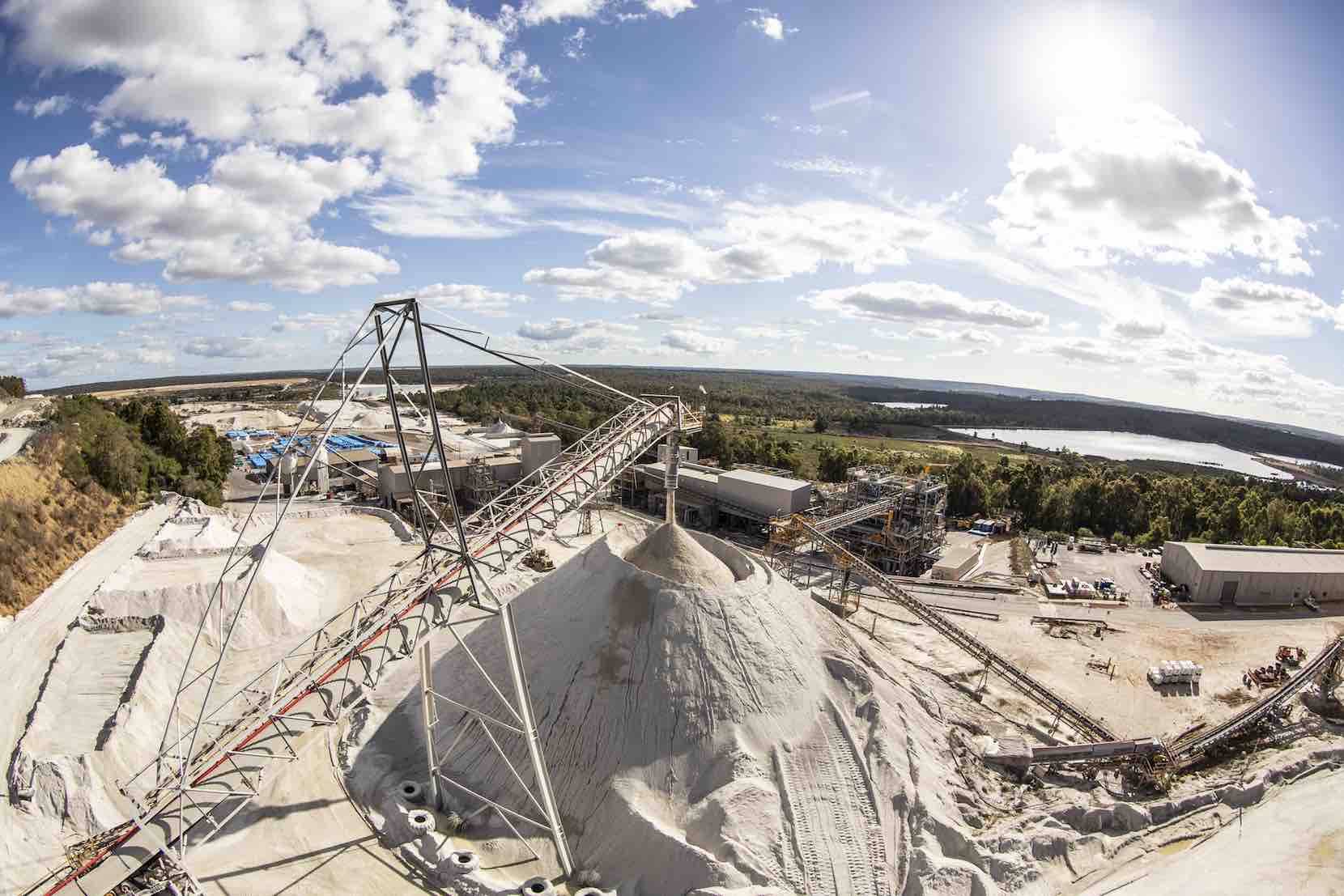
Sand is one of the world’s most exploited natural resources and its extraction from rivers and nearshore environments poses a sustainability problem that will only get worse. At the same time, the world’s largest stream of waste of 50 billion tonnes – mineral waste from the mining of metal ores – might provide a solution to this challenge with the majority often comprised of sand-like materials. Separating and repurposing these sand-like materials before they are added to the waste stream wouldn’t only significantly reduce the volume of waste being generated but could also create a responsible source of sand. Ore-sand is a new topic and new term which has been coined as part of the development minerals program at the Sustainable Minerals Institute, University of Queensland. Examples of ore-sand include:
In comparison, fine river sand has a silica content of about 80 – 99% SiO2. Global Road Technology highlights the several aspects of mineral processing and sand production in evaluating global opportunities with ore-sands.
Ore-sand is a type of processed sand sourced as a co-product of mineral ores. Typically, it is a result of mechanical crushing and grinding, different physical and physicochemical beneficiation processes for mineral concentrates recovery, including optimization of these processes and additional processing stages to achieve the required properties of sand. Basically, this is sand that is produced as a by-product of metal and mineral processing. It’s not an end-to-pipe solution. It’s not trying to take the residue from metal mining and do something with it. The approach taken to ore-sands considers mineral processing and sand production in a way that is equivalent in thought to the production of metal that is being taken out of the ore body. A very large amount of waste material is produced as part of metal mining most problematically in the form of tailings. The scale of tailings production per year is in the vicinity of 13 billion tonnes per year.
Ore-sand is a product by design, not repurposed waste. Adjustments in mineral processing can create a marketable sand product. Current limitations and opportunities of ore-sand are currently limited by grain size. Coarser ore-sands are possible via coarse particle flotation. Sand markets align with tailings risks and a wider adoption of ore-sands must address potential presence of contaminants, management of residual tailings and broader effects on the market. Almost a third of mine sites in the world can find at least some demand for ore-sand within a 50 km range, with at least 10% reduction in tailings. From a consumer point of view, about half of the global sand market is in the vicinity of a potential local source of ore-sand.
River sand, pit sand, desert sand and manufactured sand are some of the popular type of sands in the world. There is a massive demand as a global society for sand and that sand is needed for construction of almost everything. Aggregates (sand, gravel and crushed rock) are the most consumed solid material on the planet and aggregate extraction is approximately 50 billions tonnes. The value of sand in the natural and built environment is in ecosystems and infrastructure. Here are examples:
There have been international efforts on driving more sustainable mining practices around the world and The University of Queensland in Australia, Université De Genéve in Switzerland, and the United Nations have been at the forefront of steering the conversations further. These are some examples of publications available:
It is key to figure out what the global potential of ore-sands is. We must think about sustainability it’s not just about recovery of by-product and selling it. The implications from sand recovery should be assessed from safeguarding sustainable and just transitions. These are the factors to consider:
The Vale Sand Case Study is based on one of the first companies producing ore-sand on a scale. It is important to understand how they do it, how good the product is and what are the challenges. The Brucutu mine in Brazil had independent samples of Vale sand taken in July 2021. Vale was the first mine with environmental license and mining rights for sand by-products in 2020. The mine produces it on scale and ships it on scale mainly for roads and construction applications. Vale sand is not a waste material, it is a by-product of the value chain that goes through grinding, re-grinding, filtering and drying before it can be stockpiled in preparation for shipping to the different clients. Vale Sand is very fine quartz-based sand (mainly silica), it has residual iron oxides with very low trace elements and very angular in shape. It can’t really compete with other sands directly, but indirectly it is a very good sand in terms of blending.
There different markets for ore-sand and its potential improvement is very market specific. Now, the Vale Sand is mainly used for construction applications owing to the maximum iron oxide content. However, further removal of iron oxide to increase quality opens potential industrial applications in:
Strides in the circular economy will bring the much-needed change if resources are thought of as purposefully designed. This is contrary to the common approach of waste repurposing. There are many lessons that can be borrowed from existing valorization process of manufactured sand. The possibility of borrowing the technologies of manufactured sand processing in terms of crushing and grinding can help improve ore-sand particle shape, screen it in different sizes feeding into the way mineral processing, density separation and flotation are done. Based on min silica content and maximum iron oxide content, compliance with another requirement may be needed. The promising future to ore-sands is that almost half of global sand consumption is within 100 km of a potential ore-sand source.
https://smi.uq.edu.au/files/80302/InterimReport_Ore-Sand_ExecutiveSummary_.pdf
https://www.mining.com/mineral-ores-may-help-prevent-sand-sustainability-crisis/
https://wedocs.unep.org/20.500.11822/28163
https://www.mining.com/mineral-ores-may-help-prevent-sand-sustainability-crisis/
https://www.youtube.com/watch?v=YDoLUJAY-uE
Are environmental regulations, health and safety concerns or potential profit loss a concern right now?
Contact Us Now